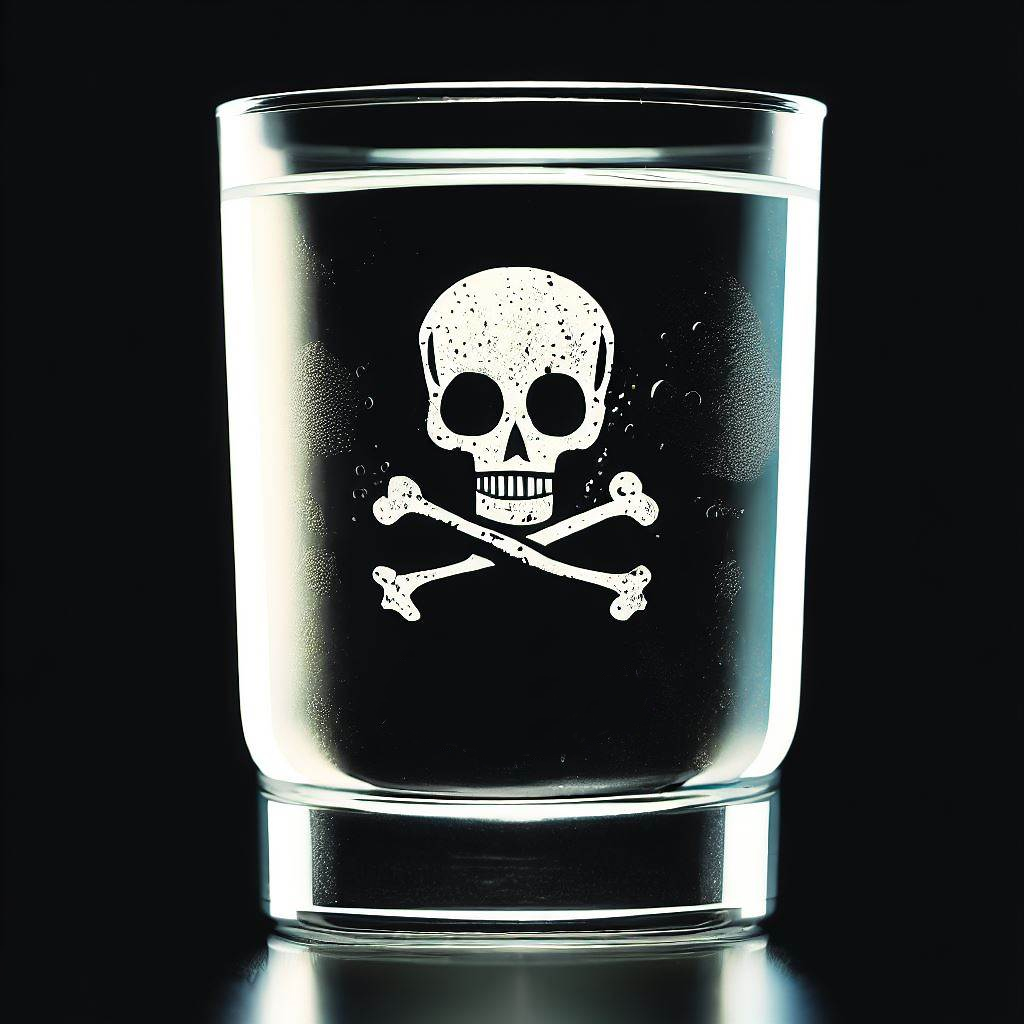According to a recent study by the United States Geological Survey (USGS)[1a|1b], nearly half of the tap water samples from more than 700 residences, businesses and drinking-water treatment plants across the country contain toxic “forever chemicals” known as PFAS. These substances are used in hundreds of household items from cleaning supplies to pizza boxes and can cause serious health risks when exposed to them broadly. The Environmental Protection Agency (EPA) has updated its health advisory for safe levels of two specific PFAS compounds, PFOA and PFOS, in drinking water to much lower levels than before. Some drinking water sources may exceed these new limits and pose health risks.
The USGS study tested tap water samples from more than 700 residences, businesses and drinking-water treatment plants across the country for the presence of perfluoroalkyl or polyfluoroalkyl chemicals known as PFAS. At least one such synthetic chemical was detected in 45% of the samples at levels exceeding benchmarks and U.S. proposed regulations. PFAS are water resistant, meaning they do not break down in the environment and last in human bodies for years. Developed in the 1940s with the creation of Teflon, a non-stick cookware coating, today they are used in everything from clothing to plastic products.
Exposure to high levels of PFAS can disrupt hormones, disturb liver function, increase the risk of kidney or testicular cancer, reduce birth weight in infants and compromise the health of pregnant women. Tests exist for a fraction of the 12,000 known types of PFAS. The study samples were tested for 32 types.
